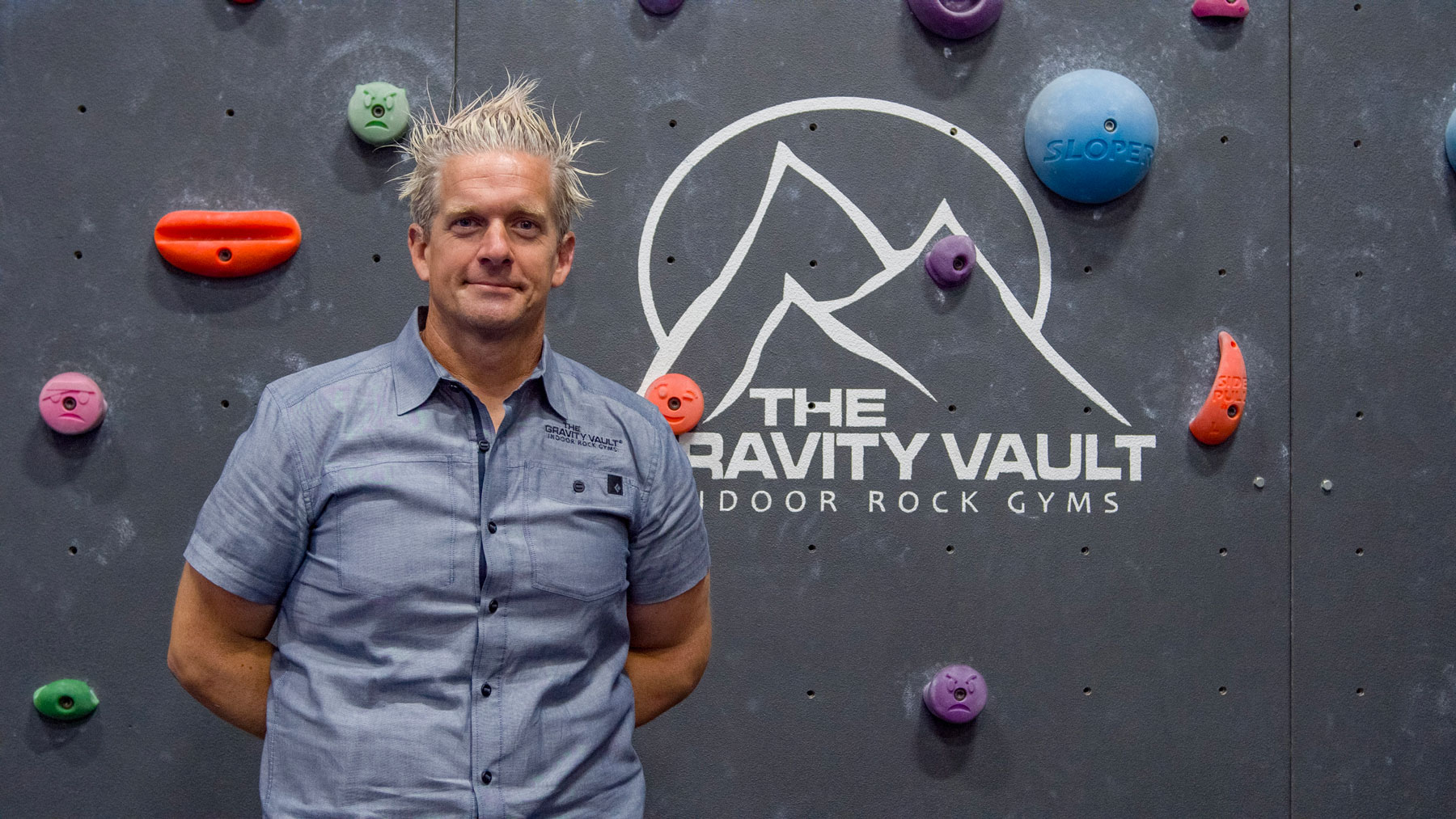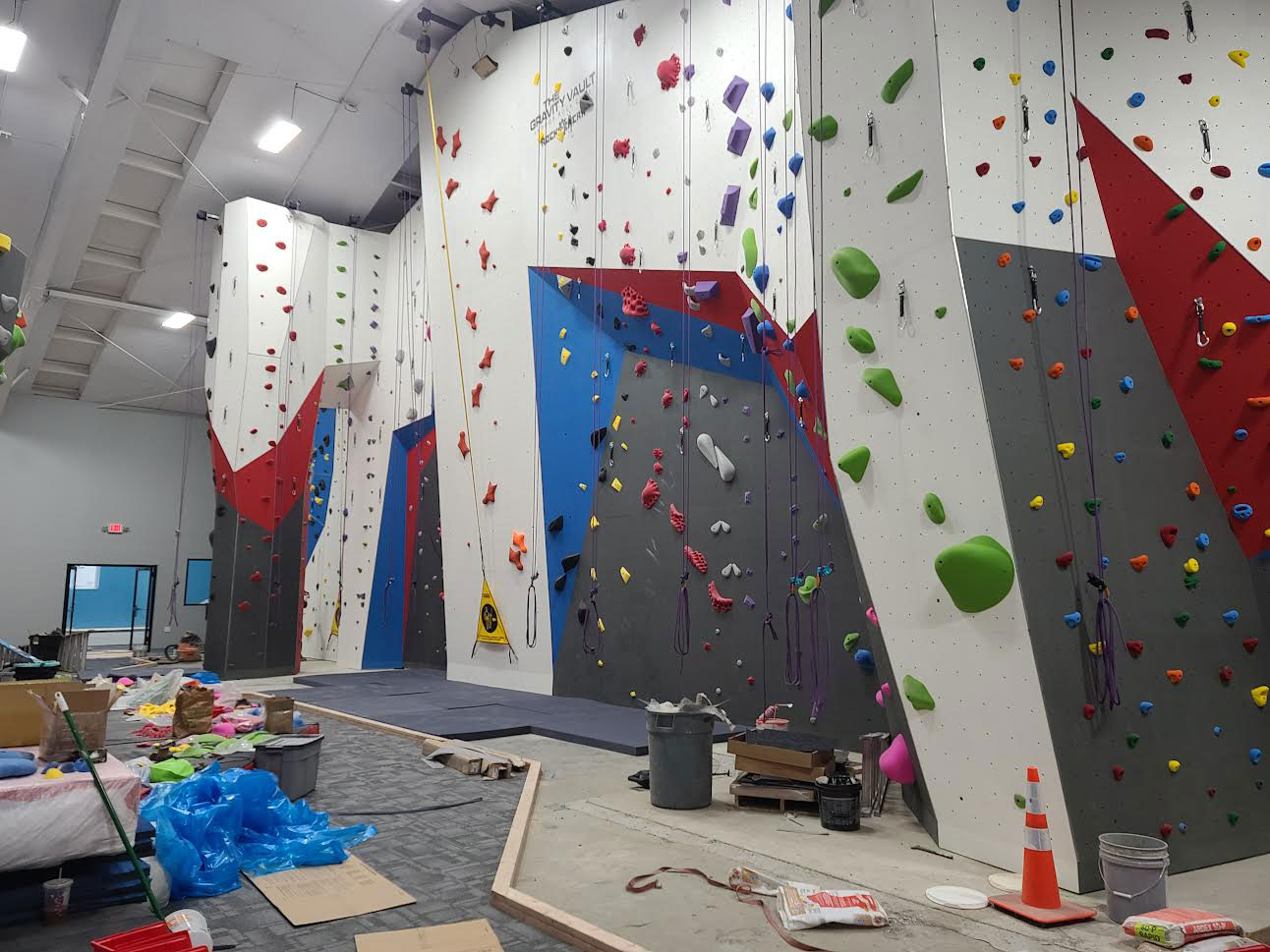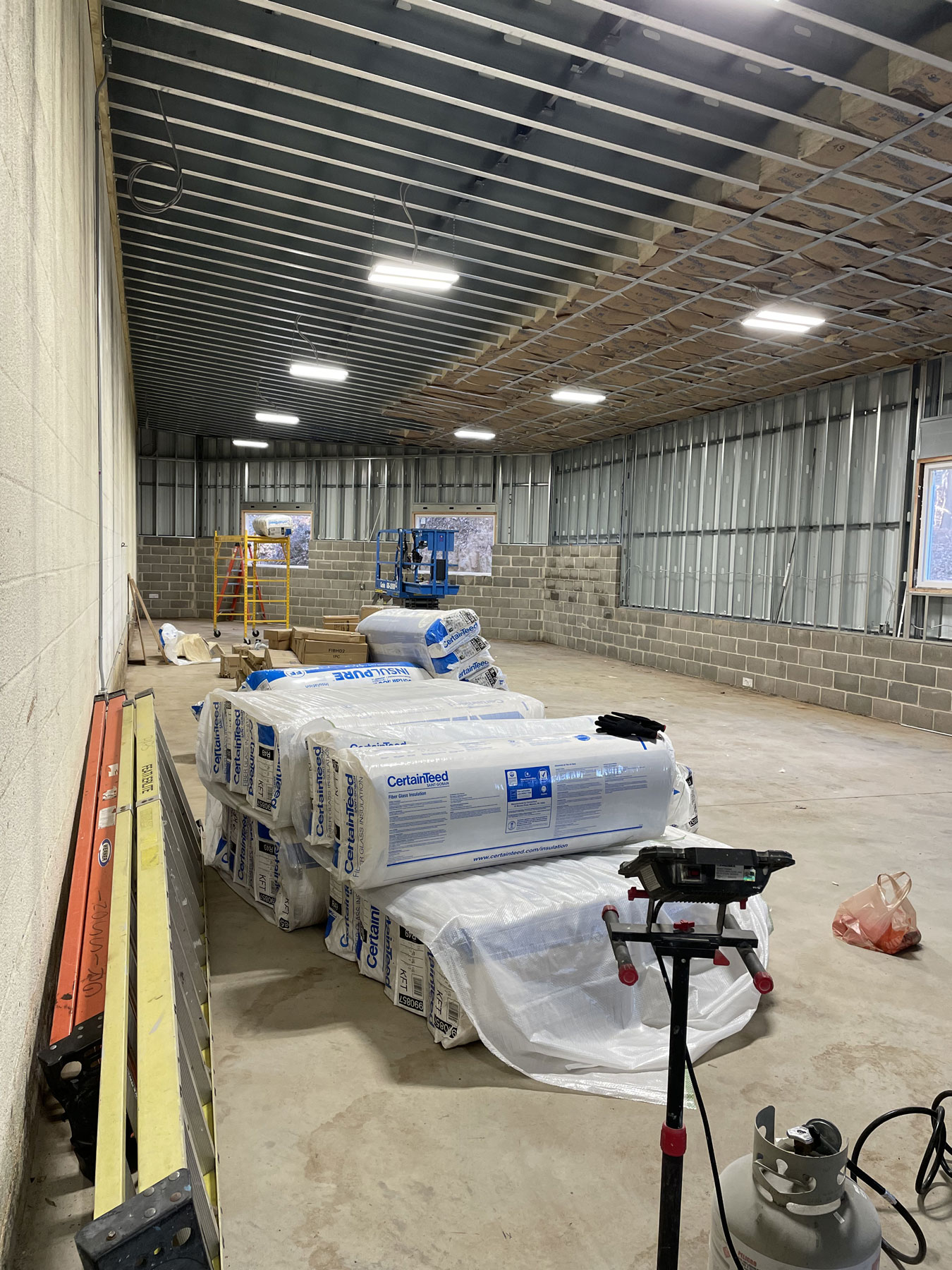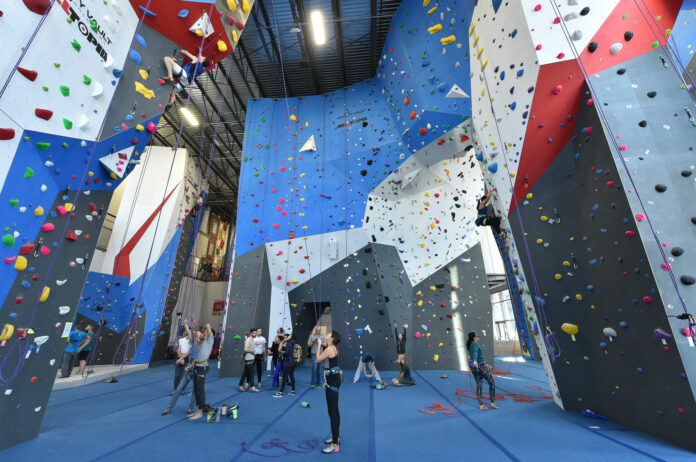The question of whether climbing gym markets are approaching saturation seems to rise and fall in waves, resurfacing especially when growth rates dip like they did in 2022. It’s a recurring economic question that business owners in any industry must consider, but every economic forecast knowingly comes with a certain level of uncertainty because the future is always, well, unknown. In the past handful of years alone, the climbing gym industry in the U.S. and Canada has gone from a combined 21st-century-best 11.18% annual net climbing gym growth rate in 2017 to a 5.64% growth rate in 2020—the year a global pandemic temporarily shut down practically every gym on the continent for a period of time—and now to a 4.81% growth rate in 2022, due in part to economic sanctions around the war in Ukraine that further derailed supply chains.
Yet despite all the economic shocks, there are always reasons for optimism, several of which we lay out in our 2022 Gyms & Trends report. In addition to examining quantitative factors, such as five and ten-year average growth rates, in that report we also included qualitative insights from professionals at climbing gym and brand businesses around the industry. One of those businesses is The Gravity Vault, a 12-gym chain that has announced 6 new climbing gym projects—the most of any gym developer in North America. With so much growth on the way, we were excited to connect with Lucas Kovalcik, The Gravity Vault’s founder and CEO, to hear his personal take on the saturation question. Some of his answers first appeared in that Gyms & Trends report, and we wanted to share the entirety of them with you. Are climbing gym markets approaching saturation? According to Kovalcik, there’s still plenty of room for more gym growth…

Name: Lucas Kovalcik
Title: Founder & CEO, The Gravity Vault
Location: CA, NJ, NY, PA, VA
CBJ: Based on your own observations, how close are markets in North America to being saturated with climbing gyms?
KOVALCIK: I believe we are only scratching the surface. Climbing gyms with concepts and programming that cater to new and experienced climbers alike still have an abundance of opportunities to develop new facilities across the United States and worldwide.
What major indicators inform your belief that climbing gym markets are largely under-saturated?
Climbing has arguably and perceivably become a mainstream sport since its participation in the Olympic games and is continuing to grow in regard to the number of people trying the sport for the first time and participating in the sport on a regular basis. Then if you look at the U.S. having just over 600 dedicated climbing gyms to serve over 330,000,000 people, that is approximately one gym per 550,000 people.
While not every gym model caters to the general public, we are bullish because our model is designed to cater to the novice and experienced climber alike, and we believe growth comes by continuing to introduce the sport to new populations. There are a lot of communities that do not have access to a climbing facility, and many areas are underserved based on the population of an area or the business model of the operator that exists there. For example, a purely child-focused gym may exist in a particular market but ultimately leaves room and opportunity for a gym that focuses on adult climbers to coexist.

On the flip side, what are some key metrics that you might use to gauge whether your markets are becoming saturated (and possibly over-saturated) with climbing gyms?
A given market population’s propensity to climb, along with a market’s overall population and key demographics, need to be considered when evaluating any market. One must also consider your climbing gym’s specific programming and business model and who exactly you are catering to within that market.
Could you give us a hypothetical example of a climbing gym market that’s showing signs of approaching saturation?
I do not see any truly saturated markets, since so much is dependent on the model of the gym, and as a population’s propensity to climb increases—as it continues to do and I believe will continue to do at even higher rates in the months and years to come—opportunities will continue to present themselves. You could potentially say that some populations in U.S. cities, where there are more than a handful of existing facilities within a thirty-minute drive time, may be served by the current inventory of facilities. But as the propensity to climb in a population increases, and as operators make operation choices to cater to certain market categories and/or continue to update their facilities, renovate and innovate (or not), opportunities will open up there as well.

To the best of your knowledge and foresight, what will oversaturation of a given market look like for the climbing gym industry?
I believe it is a moving target because every day a greater percentage of the overall population is beginning to participate in the sport of climbing. Many markets do not know they need a climbing gym until one is developed to introduce the market to the sport. As climbing grows, and as more facilities are built and more people are exposed to the sport, more gyms will be needed. In regard to what saturation looks like, I think looking at traditional gym markets 30 years ago versus today is a good place to start. And if it were up to me, we would have a climbing gym within a short driving distance of every person in the country!
Do you find the climbing gym industry to be skewing towards homogeneity or differentiation when it comes to gym design, gym offerings, gym atmosphere, etc.? Please expound if you can.
I think as the industry grows so too do specific brand identities. Some brands are geared toward families and kids, some toward newcomers, some exclusively toward experienced climbers and training, while others are developed as boutique fitness facilities with a focus on climbing, and others are a blend of several of these. There are many concepts emerging, and while there is certainly some overlap, there is also great diversity.

Climbing gyms are beginning to take on the differentiation we see in traditional gyms; there is certainly a difference in what an Equinox or Lifetime Fitness offers versus a Gold’s Gym or a Planet Fitness, although they all offer the same core business. The same differentiation exists in the climbing gym industry. While the core offering is climbing, how it is curated can be very different, which I think is great and how it should be. It is great for the sport, great for the market, and great for the climber looking to find their given climbing community.
Any other thoughts or insights you’d like to share about current trends or this past year, in particular?
I think it is a natural progression to have seen a small decline in new facilities opened in 2022. Many of the 2021 openings were delayed openings from 2020 and others were projects started as the pandemic struck. I think last year was largely a year to regroup and another large growth spurt is ahead.

Climbing Business Journal is an independent news outlet dedicated to covering the indoor climbing industry. Here you will find the latest coverage of climbing industry news, gym developments, industry best practices, risk management, climbing competitions, youth coaching and routesetting. Have an article idea? CBJ loves to hear from readers like you!









